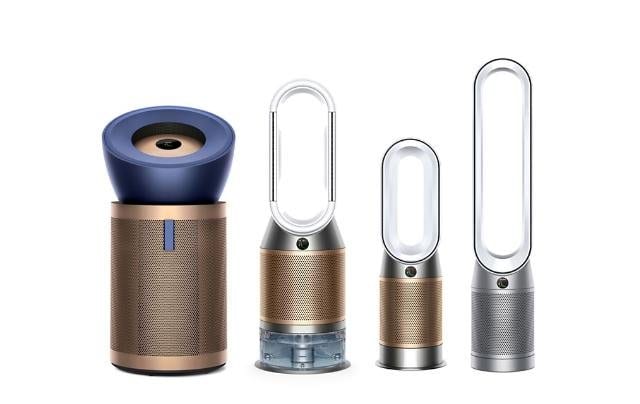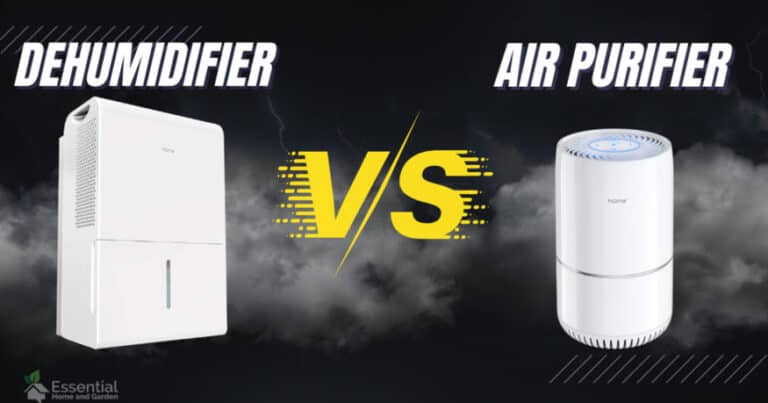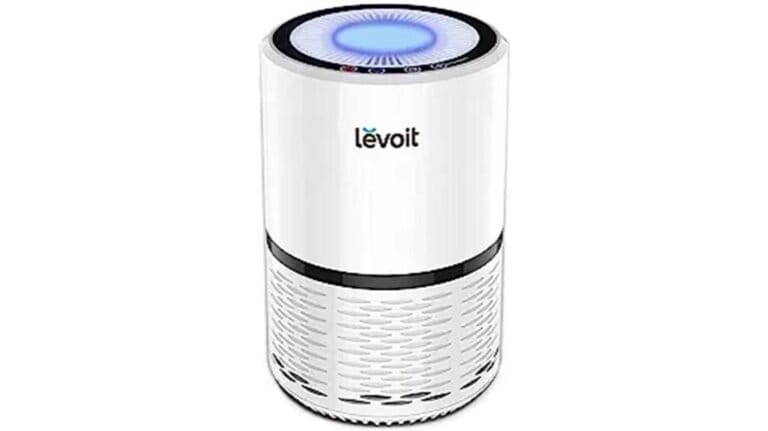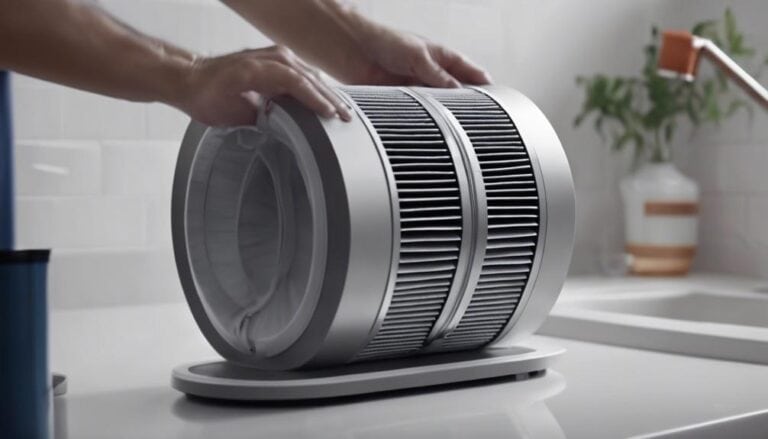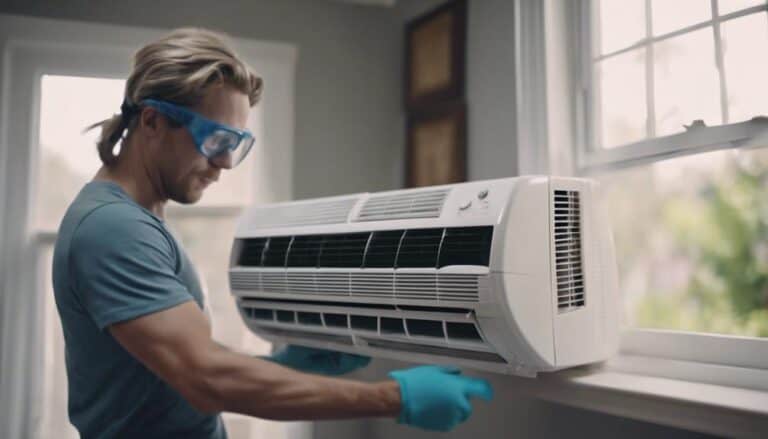Optimize Your Portable Air Conditioner: Proven Techniques to Enhance Its Cooling Efficiency
In the scorching heat of summer, a portable air conditioner can be your best friend, providing a cool and comfortable oasis amidst the oppressive temperatures. However, to truly maximize its cooling potential and ensure optimal comfort in your space, it is crucial to optimize your portable air conditioner’s efficiency.
In this article, we will delve into proven techniques that can significantly enhance the cooling performance of your portable AC unit. From simple adjustments to more advanced tips, we will guide you through a comprehensive process aimed at boosting efficiency and minimizing energy consumption without compromising on comfort.
By implementing these expert-approved strategies, you can turn your humble portable air conditioner into an efficient cooling powerhouse that keeps you cool all summer long.
Proper Placement and Positioning
- Ensure that your portable air conditioner is placed in a central location within the room.
- Avoid placing it near sources of heat, such as direct sunlight or electronic appliances, as this will hinder its cooling efficiency.
- Make sure there is adequate space around the unit for proper airflow. A minimum clearance of at least 20 inches on all sides is recommended.
- Position the air conditioner towards the center of the room to achieve even distribution of cool air.
- Keep doors and windows closed while using the portable AC to prevent hot outside air from entering and affecting its performance.
Regular Cleaning and Maintenance
Proper cleaning and maintenance of your portable air conditioner is crucial for optimal cooling efficiency. Here are a few techniques to keep your unit in top shape:
- Clean or replace the filter regularly: Dust, dirt, and other particles can accumulate on the filter, obstructing airflow and reducing cooling efficiency. Clean the filter every two weeks by vacuuming or washing it with mild soap and water. If the filter is damaged or heavily soiled, consider replacing it.
- Remove debris from the condenser coils: Over time, dust and debris can accumulate on the condenser coils, hindering heat transfer and impairing performance. Use a soft brush or vacuum cleaner with a brush attachment to gently remove any build-up from the coils.
- Check for leaks in hoses or connections: Inspect all hoses and connections regularly for signs of leaks or damage. Leaks not only reduce cooling efficiency but also affect air quality indoors. If you notice any leaks, promptly repair them using appropriate sealant or replace damaged parts.
Regularly cleaning your portable air conditioner filters, removing debris from condenser coils, and checking for hose leaks will help optimize its cooling efficiency and prolong its lifespan.”
Utilizing Insulation and Sealing
Insulating walls, windows, and doors helps trap the cool air inside your space. Adding weatherstrips to seal any gaps around these areas prevents warm air from entering and cold air from escaping. Additionally, using window film or shades can block out sunlight, reducing heat gain.
- Apply foam insulation tape to seal gaps around windows and doors.
- Cover windows with reflective window film or blackout curtains during the hottest parts of the day.
- Use draft stoppers at the bottom of doors to prevent warm air infiltration.
By properly insulating your surroundings and sealing off any potential leaks or drafts, you can significantly enhance your portable air conditioner’s cooling efficiency.
Adjusting Temperature and Fan Settings
- Set the temperature appropriately: To enhance the cooling efficiency of your portable air conditioner, set the temperature at a moderate level. Aim for a comfortable indoor environment rather than an excessively cold one. This will not only save energy but also prevent overworking the unit.
- Utilize the fan mode wisely: Use the fan mode in combination with temperature settings to optimize your portable air conditioner’s performance. Instead of relying solely on low temperatures, try increasing airflow by setting it on high or medium fan speed while keeping a slightly higher temperature. This ensures better circulation throughout your space without straining the unit unnecessarily.
- Leverage programmable features: Many portable air conditioners come with programmable timers and sleep modes that allow you to adjust settings based on specific times or needs. Take advantage of these features to automatically regulate temperatures and fans during different parts of the day, such as reducing cooling intensity at night when outdoor temperatures tend to drop naturally.
Remembering these simple adjustments can maximize both comfort and efficiency when using a portable air conditioner in any space – whether it be an office, bedroom, or living room!
Managing Airflow and Ventilation
- Place your portable air conditioner near a window to facilitate proper airflow.
- Make sure the exhaust hose is securely attached to the unit and properly vented out of the room.
- Clear any obstructions that may hinder airflow, such as furniture or curtains blocking the unit’s intake or output vents.
- Regularly clean and replace filters to maintain optimal air quality and prevent dust buildup that can obstruct airflow.
- Consider using a fan in conjunction with your portable air conditioner to help circulate cool air more efficiently throughout the room.
Ventilation plays a crucial role in optimizing your portable air conditioner’s cooling efficiency. By following these simple techniques, you can ensure that your unit operates at its best performance level, keeping you comfortable during hot summer days without straining your energy bills.
Utilizing Window Kits and Exhaust Hoses
Window kits and exhaust hoses are essential components of a portable air conditioner that can significantly enhance its cooling efficiency.
- Window kits: These kits come with various accessories like window sliders, seals, and adapters, which help in maximizing the effectiveness of your cooling unit. By properly sealing any gaps between the window frame and the slider, you prevent hot air from outside entering your room while also ensuring that cool air stays inside.
- Exhaust hoses: The exhaust hose is responsible for expelling hot air generated by the portable AC unit. To optimize its efficiency, make sure the hose is straight without any kinks or bends to enable smooth airflow. Also, avoid excessively long hoses as they can reduce the effectiveness of your air conditioner.
By using these components correctly and maintaining them regularly, you can ensure that your portable air conditioner operates at its maximum potential and keeps you comfortably cool during those scorching summer months!
Using Energy-Saving Features and Timers
Using Energy-Saving Features
- Enable the energy-saving mode on your portable air conditioner to reduce energy consumption and save on electricity bills.
- Set the temperature to a comfortable yet efficient level. Each degree higher or lower can make a significant difference in energy usage.
- Take advantage of the programmable timer feature that allows you to schedule when the air conditioner turns on and off, ensuring it is only in operation when necessary.
Utilizing Timers for Efficiency
- Use timers to cool your living space before you come home so that you walk into a comfortable environment without wasting unnecessary energy throughout the day.
- Make use of sleep timers when going to bed. These timers allow you to set a specific time for the portable air conditioner to turn off automatically while you sleep, keeping your room cool initially but preventing overcooling during nighttime hours.
- Consider utilizing multiple timers if there are specific times during the day when rooms are unoccupied, such as during work or school hours. This will help optimize efficiency by cooling spaces only when needed.
Remember, incorporating these energy-saving features and utilizing timers effectively not only enhances cooling efficiency but also reduces carbon footprint and utility expenses.
Additional Tips for Enhanced Cooling Efficiency
Seal Any Air Leaks
Check for any cracks or gaps around windows and doors that may be allowing warm air to enter your space. Use weatherstripping or caulk to seal these openings, preventing unwanted heat from infiltrating your room and reducing the workload for your portable air conditioner.
Keep Curtains and Blinds Closed During the Day
Sunlight can quickly turn a cool room into a sweltering one. By keeping curtains or blinds closed during the daytime, you can block out much of the sun’s heat and reduce the strain on your portable air conditioner.
Use Ceiling Fans in Conjunction with Your Portable Air Conditioner
Ceiling fans are an excellent complementary cooling accessory. By running them alongside your portable air conditioner, they help circulate cooled air more effectively throughout the room. This allows you to set your portable unit at a slightly higher temperature without sacrificing comfort, saving energy in the process.
Clean or Replace Filters Regularly
Dirty filters restrict airflow and decrease cooling performance. To maintain optimal efficiency, clean or replace filters according to manufacturer instructions. This simple task ensures that dust and debris don’t impede airflow, allowing your device to cool efficiently.
Consider Using Insulated Vent Hose Extension Kits
If you need to direct exhaust heat through a longer distance than usual, consider using insulated vent hose extension kits. These kits prevent heat loss while maintaining efficient cooling by insulating hot air as it travels away from your space.

